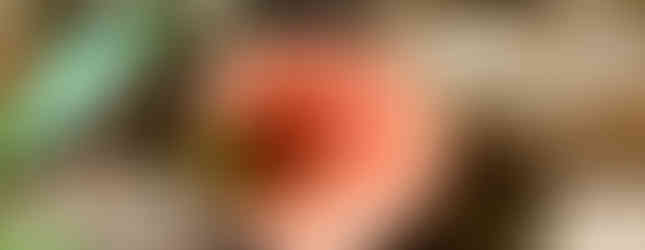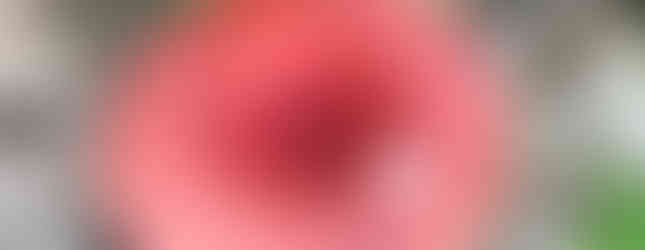Russula Genus
- Ed Joice

- Aug 3, 2022
- 3 min read

It's ridiculous that since I started this blog a few years ago I have not written any articles on the Russulas. These mushrooms are beautiful, omnipresent and often quite large. Everything about them says "eat me", but do not, in fact, eat them. There are many that are considered to be edible and a few that are supposed to be pretty good. Most of them, however, are nothing to write home about and a few are extremely peppery and bitter and some will make you quite sick. It is noteworthy that I don't believe any are deadly poisonous, but as with any food an allergy to them could cause anaphylaxis so always be cautious.
Identifying Characteristics of Russulas
Part of the reason I have not done a post on the Russula family has already been covered: there's no choice edibles that I have heard rave reviews over. The other part of the story is that when I first started mushroom hunting almost 10 years ago, I struggled with identifying the some of the decent edibles (such as Shrimp Russula," russula xerampelina) and early in my mushroom hunting career I was not comfortable with relying on the "spit test" to differentiate from inedible or poisonous species (such as the "Sickener," russula emetica).
In general with russulas there are many similar species that have varying shades of pink, red, purple, orange, yellow, green or more earthy brown tones as well. Typically, russulas have a very bright and colorful cap that is pretty consistently one color and is sometimes a little darker in the center. The cap is concave when young becoming flat or sometimes convex with age and has no remnants of a partial veil or spots. Next russulas almost all have very white or creamy colored flesh, gills and stem. A few will have pinkish hues on the stem or pale beige yellow gills and/or stem, but generally speaking white stem, white gills and colorful cap.
Next feature is the arrangement of the gills. They are very symmetrical and ordered and can range from crowded to moderately loose. Often, particularly as the mushroom ages, the ribs from the gills will start to be visible on the edges of the top of the cap. The gills can connect to the stem, be notched in and connect to the stem higher up, or be hanging freely not touching the stem at all. The stem
of a russula never has a ring around it and is never growing from a vulva in the ground. The stem is typically somewhat firm and when broken open it is typically not hollow. russulas are nicknamed "brittlegill" in Britain because the flesh of the mushroom is quite brittle and will just break apart very easily. Often people describe the stem as snapping like a piece of chalk--very cleanly. Spores of russulas are almost always white to yellowish. In fact, the difficulty of identification of these mushrooms extends to the spores so much so that one mycologist uses the following gauge for identifying russulas via a spore print:
"The letters A to H used in the Russula and Lactarius text refer to the Crawshay (1930) colour code. They can be briefly summed up as: A = pure white; B=very, very pale cream; C=very pale cream; D=pale cream; E=yellowish-cream; F=yellow-cream; G=pastel-yellow; H=yellow-ochre." -From Roger Phillip's Mushrooms
I'm sorry but if I am identifying a mushroom and deciding whether or not to eat it, my criteria better be more robust than well this spore print appears to be more pale cream rather than less pale cream so I think it must be X. Plus, russulas do not get rave reviews. HOWEVER! It is almost always a fun and rewarding learning experience to deep dive into difficult to identify mushrooms. Even if you don't come out of the experience with a plate of food, you'll have learned a lot about different identification techniques. Particularly because only a short walk in the woods can yield a handful of different species of russulas depending on environment and conditions. I encourage you to familiarize yourself with them because they are indeed beautiful and everywhere and they are a good mushroom to learn early on.


























Comments